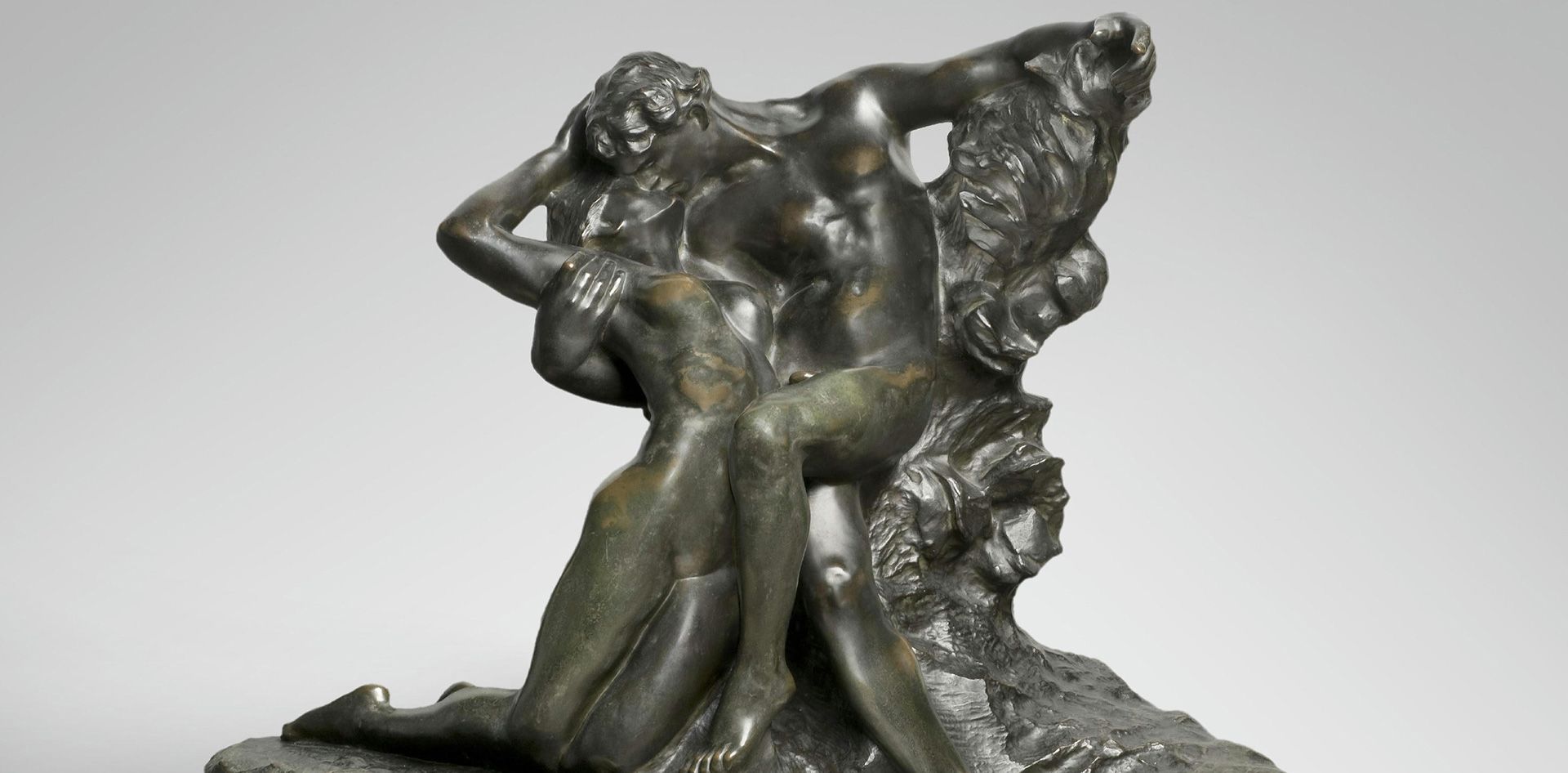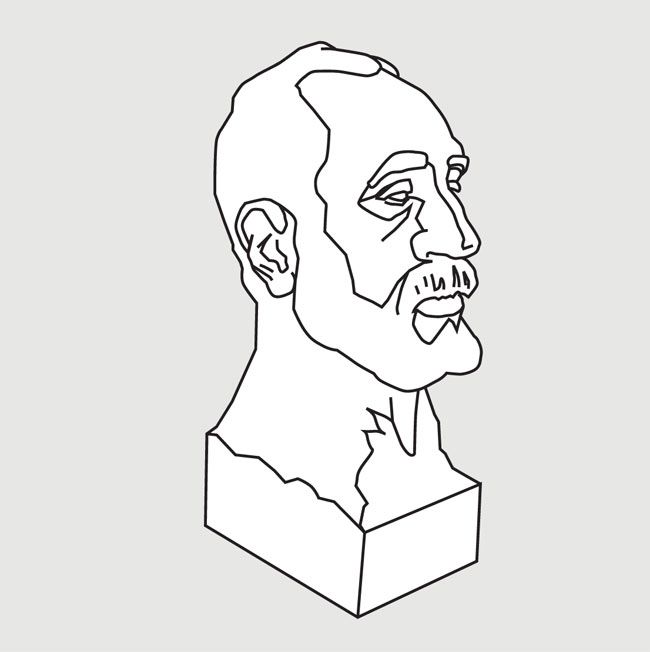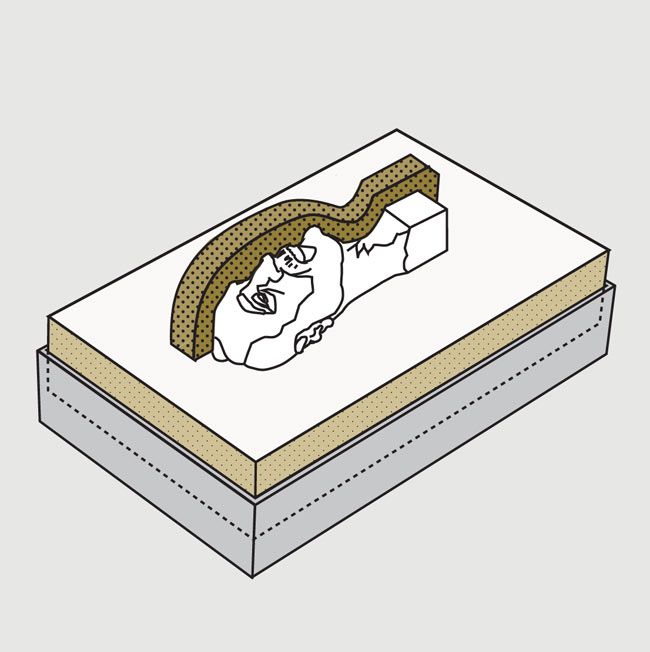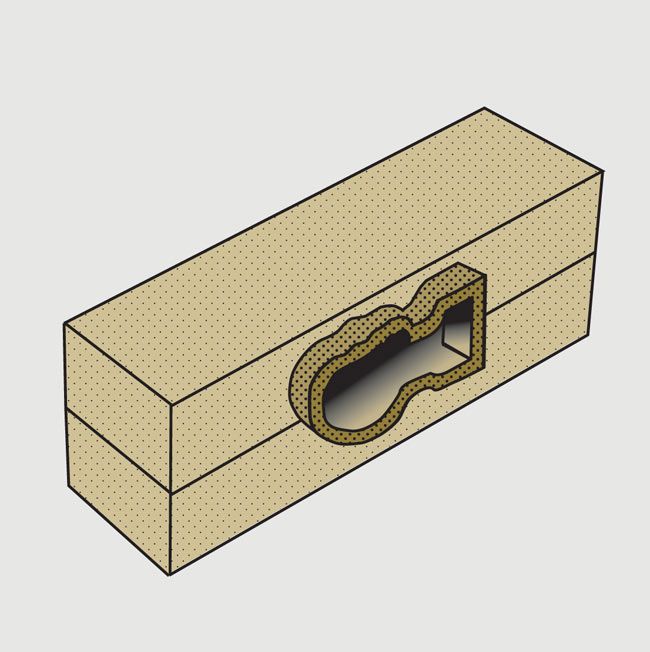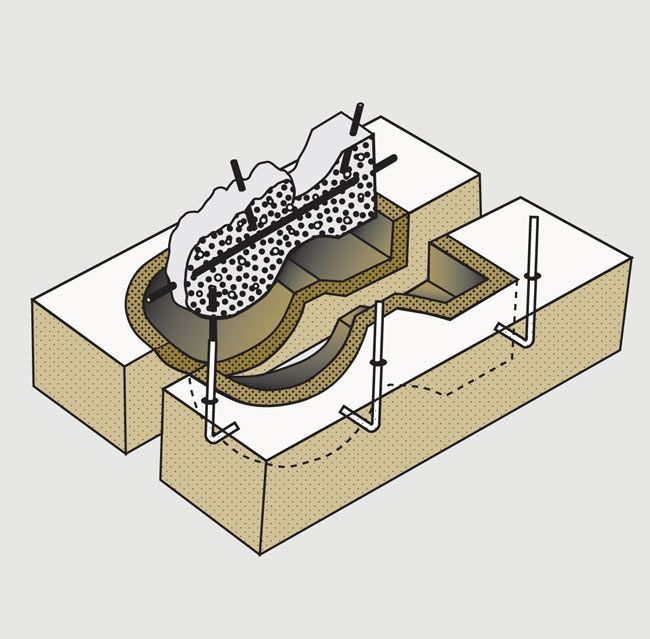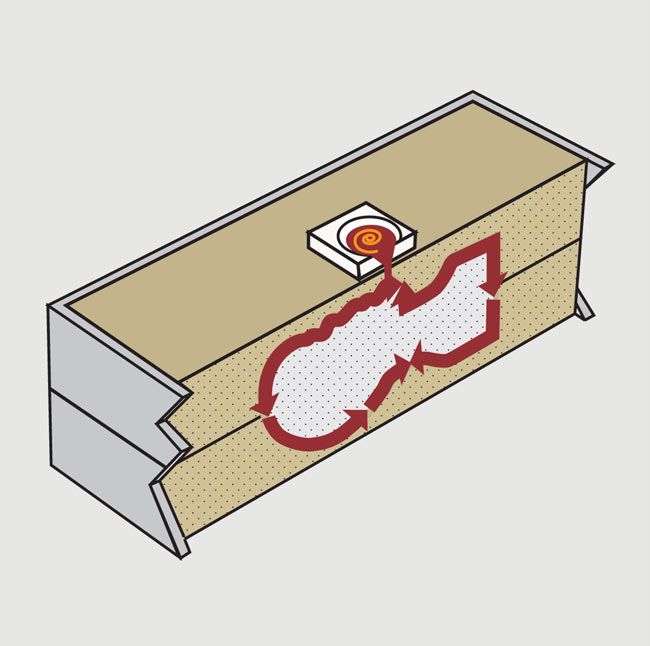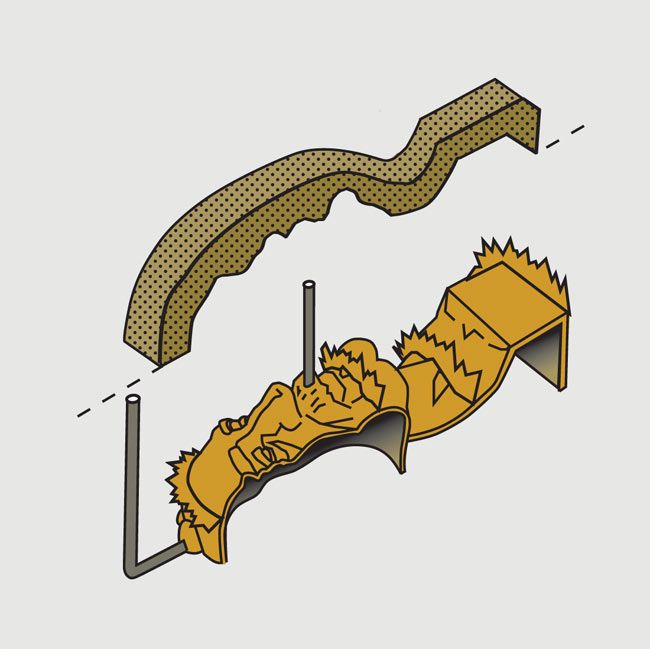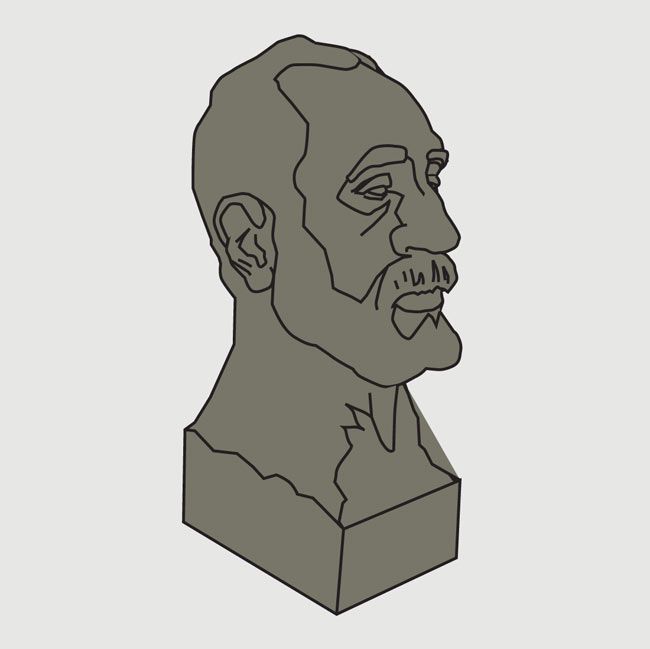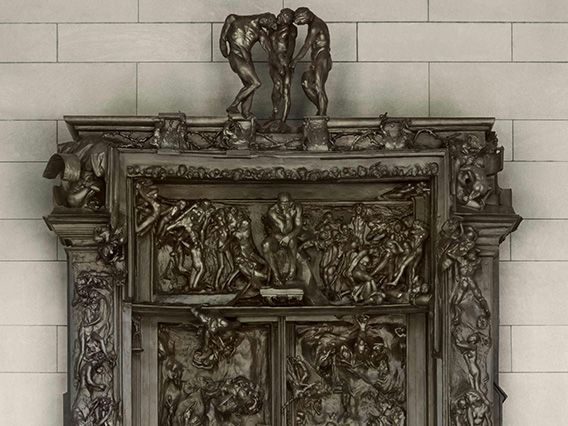Rodin worked in traditional sculptural materials such as clay, wax, plaster, bronze, and marble. Although he did not attend the renowned École des Beaux-Arts (School of Fine Arts) in Paris, he learned the craft of sculpture through experience and years of employment in the studios of other artists. As he explained, "In addition to sculpture and design, I myself have worked at all sorts of things. I've cut down marbles, and pointed them; I've done etching, and lithography, bronze founding and patina; I've worked in stone, made ornaments, pottery, jewelry—perhaps even too long; but it all has served. It's the material itself that interested me. In short, I began as an artisan, to become an artist. That's the good, the only, method." Once he became an established artist, Rodin relied on a large studio of assistants to help him create large-scale works. Their presence allowed him to delegate the production aspects of his sculptures so that he could focus on conceiving and executing new pieces.
Like other sculptors of his era, Rodin hoped to make as many versions of his works as possible in order to maintain his reputation and allow him to recoup the high costs of sculpture production. Each version is considered original as long as it was produced under the supervision of the artist or his estate, now overseen by the Musée Rodin in Paris. Most of the sculptures in the collection of the Rodin Museum were cast between 1924 and 1926, under the supervision of the Musée Rodin and by craftsmen who worked with Rodin during his lifetime, making them both original and high-quality works of art.
